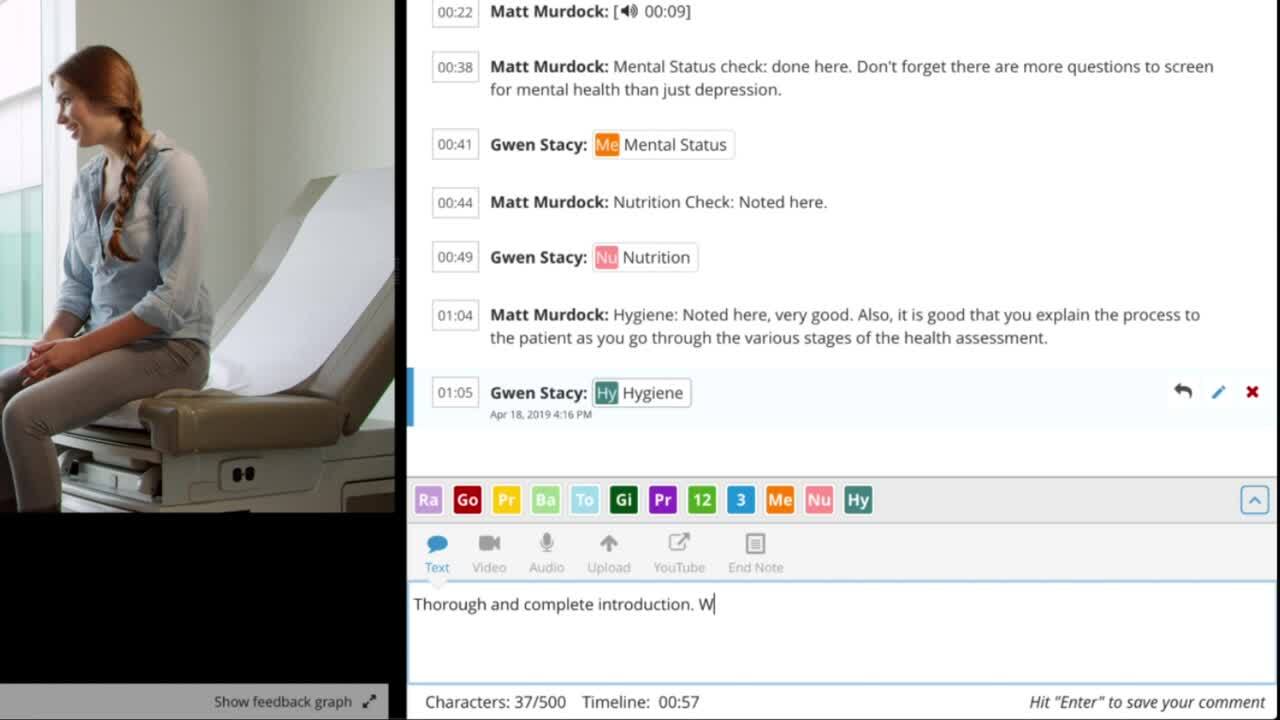How do you discover what your college students really know?
It isn’t a piece of cake, but formative assessment strategies can help.
Formative assessment requires educators to gather data about student learning during the learning process—instead of at the end of it. The theory is that by targeting areas that need work during the learning process, professors can help students excel at an exhilarating pace.
Unsure of where to start? Here are 3 brilliant formative assessment tools that can be used in any higher education discipline.
1. Classroom Polls
Electronic response systems are all the buzz on campus these days. And for good reason: classroom polls allow educators to “transform passive learning into dynamic discovery,” which is a formative assessment tool.”
Research shows that electronic response systems improve engagement and highlight the impact of quick feedback. And thanks to programs such as Poll Everywhere, Kahoot!, and Top Hat, electronic response systems are widely accessible. Students no longer need an iClicker to participate—just a computer, tablet, or smartphone.
By using electronic response systems, professors can collect information about students’ state of understanding in real-time and adjust the lecture accordingly. Because feedback is immediate, electronic response systems also make it easy for students to assess how well they’re processing information in the middle of a lecture. Both instructors and students benefit from the feedback received, making classroom polls a win-win for everyone.
2. Rubrics
If you use rubrics in your courses, you’re already employing a formative assessment strategy. In fact, a study on rubric-based formative assessment found that rubrics are one of the most effective formative assessment strategies. That’s because rubrics help students plan learning in the forethought phase, monitor learning during the performance, and self-assess afterward.
But is your current rubric an effective formative assessment strategy?
In the book How to Create and Use Rubrics for Formative Assessment and Grading, Susan M. Brookhart shares two defining aspects of a formative assessment rubric.
Criteria
Rubrics should clearly define the target that students are aiming for. According to her book, “Effective rubrics do not list all possible criteria; they list the right criteria for the assessment’s purpose.”
Brookhart explains that the criteria should be characteristics of the learning outcome, rather than the task itself. To select effective criteria, Brookhart suggests evaluating the characteristics of student work that would give evidence for student learning. Using this approach, evidence of students’ learning for formative assessment should be straightforward.
Performance-Level Descriptions
Rubrics should describe performance. A rubric may use as many levels as needed to describe meaningful differences in performance quality.
Once the number of levels has been decided, a description of performance quality should be written. While writing the descriptions, ask yourself what student work looks like at each level of quality. Each level should be distinguishable without using evaluative terms (excellent, good, fair, poor, etc).
By following Brookhart’s guidelines to structure your rubrics, you and your students will be able to better focus on the learning process.
3. Student Videos
What is one of the most powerful formative assessment tools? The answer is simple: student videos.
A study of preservice teachers showed that student videos facilitate reflection, support inquiry into success and failure, and influence plans for self-improvement.
If students learn a demonstrable skill in your class, just have them record themselves performing it: presentations, speeches, violin solos, nursing skills check-offs, counseling sessions, student teaching observations, and more.
After performing a skill, students can review their own performance and receive feedback from instructors. While teachers’ red marks and comments often get misconstrued on paper, video bridges the gap. With video, your students won’t be left questioning your feedback.
And an excellent tool for student video formative assessment is GoReact. GoReact allows instructors to interact with students through time-coded comments.
By implementing these formative assessment tools into your classroom, monitoring learning won’t be an issue. Your students will be able to improve astronomically throughout the semester. And isn’t that what every educator wants?
If you want to learn more about formative assessment strategies, check out 30 Fresh Ideas for Adding Formative Assessment to Your Teaching







